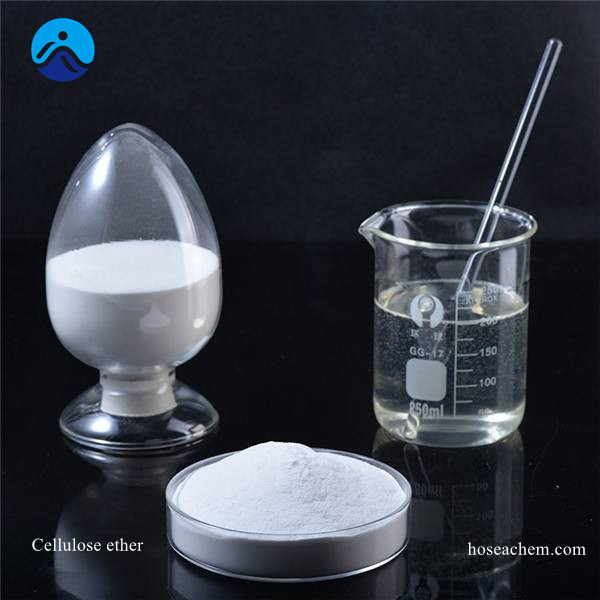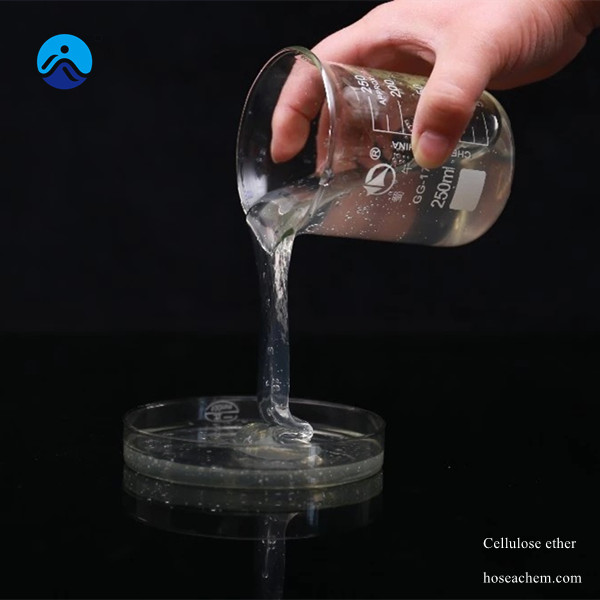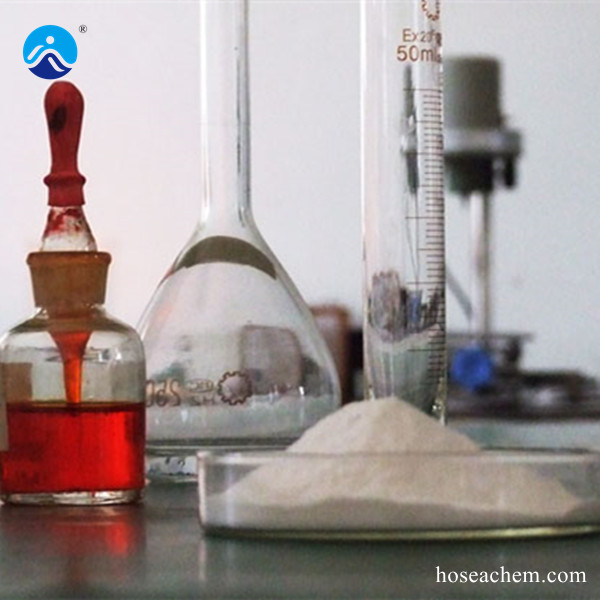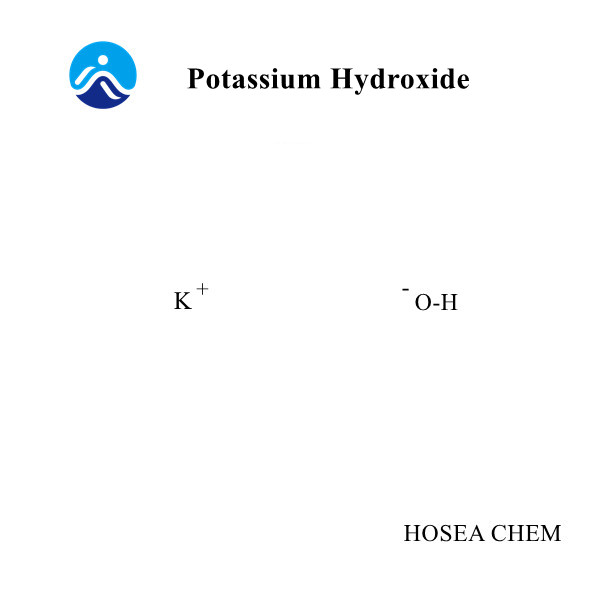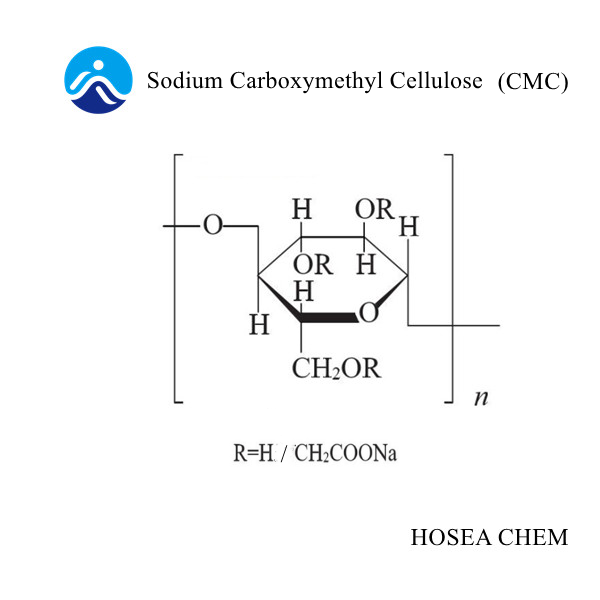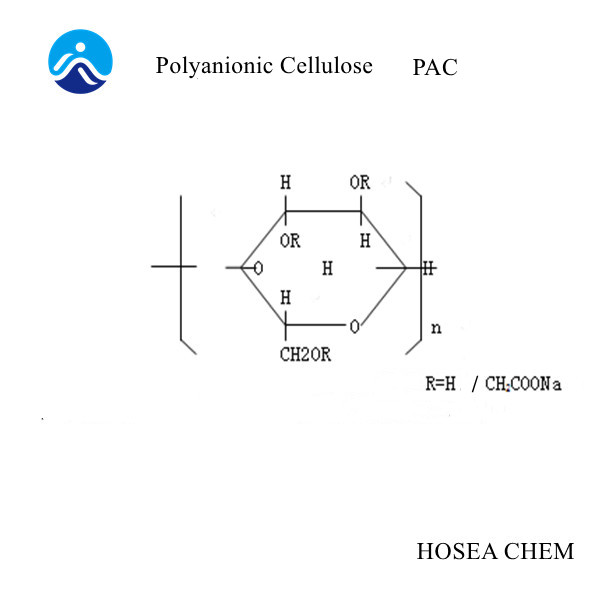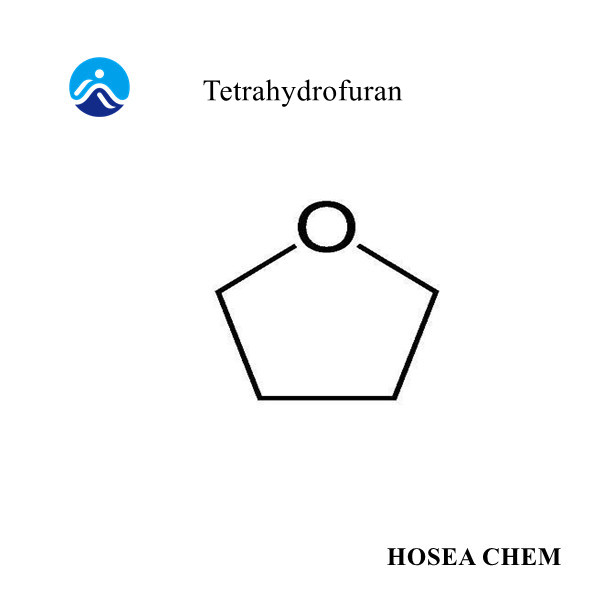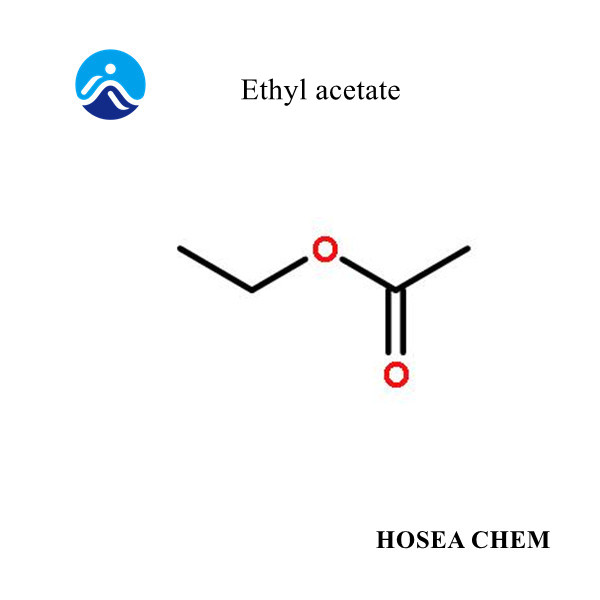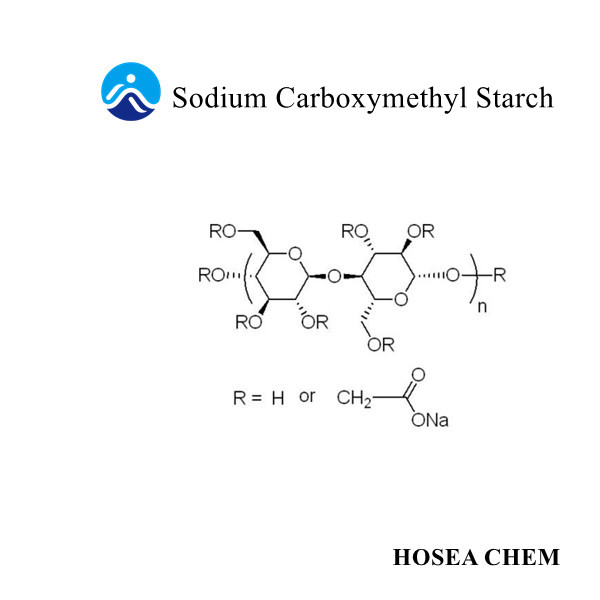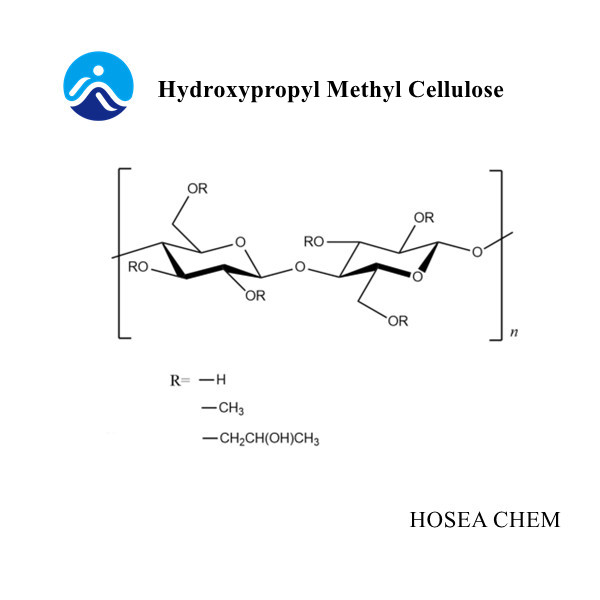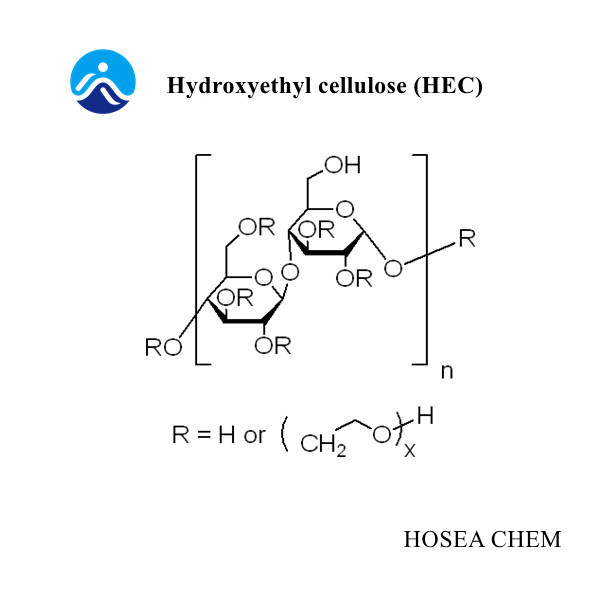How to distinguish the true and false of hydroxypropyl methylcellulose (HPMC)
2021-12-08At present, the quality of domestic hydroxypropyl methyl cellulose varies greatly, and the price is very different, making it difficult for customers to make the right choice. The hydroxypropyl methyl cellulose (HPMC) of some domestic manufacturers is mixed with other ingredients in large quantities. The only purpose is to reduce the cost, which greatly reduces the water retention and adhesion properties of the product, and causes many construction quality problems.
1. There are the following differences between pure hydroxypropyl methyl cellulose (HPMC) and adulterated hydroxypropyl methyl cellulose (HPMC):
1). The pure hydroxypropyl methyl cellulose (HPMC) is in a fluffy visual state, with a small bulk density, ranging from 0.3-0.4g/ml; adulterated hydroxypropyl methyl cellulose (HPMC) has better fluidity and feel It's more heavy, which is obviously different from the original appearance.
2). The pure hydroxypropyl methyl cellulose (HPMC) aqueous solution is clear, has high light transmittance, and the water retention rate is ≥97%; the adulterated hydroxypropyl methyl cellulose (HPMC) aqueous solution is turbid, and the water retention rate is difficult to reach 80%.
3). Pure hydroxypropyl methyl cellulose (HPMC) should not smell ammonia, starch and alcohol; adulterated hydroxypropyl methyl cellulose (HPMC) can often smell various tastes, even if it is tasteless. Will feel heavy.
4). Pure hydroxypropyl methyl cellulose (HPMC) powder is fibrous under a microscope or magnifying glass; adulterated hydroxypropyl methyl cellulose (HPMC) can be observed as granular solids or crystals under a microscope or magnifying glass.
2. 200,000 insurmountable height?
Many domestic experts and scholars have published papers that the production of hydroxypropyl methylcellulose (HPMC) is restricted by domestic equipment safety, slurry process and low-pressure production, and ordinary enterprises cannot produce products with a viscosity of more than 200,000. In the summer, even products with a viscosity of 80,000 or more cannot be produced. They believe that the so-called 200,000 products must be fake products.
The arguments of the experts are not unreasonable. According to the previous domestic production situation, the above conclusions can indeed be drawn.
The key to increasing the viscosity of hydroxypropyl methylcellulose (HPMC) is the high degree of tightness of the reactor, high-pressure reaction and high-quality raw materials. The high degree of airtightness prevents the degradation of cellulose by oxygen, and the high-pressure reaction conditions promote the penetration of the etherifying agent into the cellulose and ensure the uniformity of the product.
The basic index of 200000cps hydroxypropyl methylcellulose:
2% aqueous solution viscosity 200000cps
Product purity ≥98%
Methoxy content 19-24%
Hydroxypropoxy content 4-12%
Features of 200000cps hydroxypropyl methylcellulose:
1). Excellent water retention and thickening performance to ensure complete hydration of the slurry.
2). High bonding strength and significant air-entraining effect can effectively inhibit shrinkage and cracking.
3). Delay the heat release of cement hydration, delay the setting time, and control the operational time of cement mortar.
4). Improve the consistency of the water phase of the pumped mortar, improve the rheology, and prevent segregation and bleeding.
5). Special product, aiming at the high temperature construction environment in summer, to ensure that the slurry is highly hydrated and does not stratify.
3. Water retention of hydroxypropyl methylcellulose (HPMC):
Methyl cellulose ether mainly plays the role of water retention and thickening in cement mortar and gypsum-based slurry, and can effectively improve the cohesive force and sag resistance of the slurry.
Factors such as air temperature, temperature and wind pressure will affect the volatilization rate of water in cement mortar and gypsum-based products. Therefore, in different seasons, there are some differences in the water retention effect of the same amount of hydroxypropyl methylcellulose (HPMC). In the specific construction, the water retention effect of the slurry can be adjusted by increasing or decreasing the amount of hydroxypropyl methylcellulose (HPMC) added. The water retention of methyl cellulose ether under high temperature conditions is an important indicator to distinguish the quality of methyl cellulose ether. Excellent hydroxypropyl methyl cellulose (HPMC) series products can effectively solve the problem of water retention at high temperatures. In high-temperature seasons, especially in hot and dry areas and thin-layer construction on the sunny side, high-quality hydroxypropyl methylcellulose (HPMC) is required to improve the water retention of the slurry. High-quality hydroxypropyl methyl cellulose (HPMC), its uniformity is very good, its methoxy and hydroxypropoxy groups are evenly distributed along the cellulose molecular chain, it can improve the hydroxyl and ether bond The ability of the oxygen atom to associate with water to form a hydrogen bond turns free water into bound water, thereby effectively controlling the evaporation of water caused by high temperature weather, and achieving high water retention.
High-quality methyl cellulose can be uniformly and effectively dispersed in cement mortar and gypsum-based products, and wrap all solid particles, and form a layer of wetting film. The water in the base is gradually released over a long period of time. The cementitious material undergoes a hydration reaction to ensure the bonding strength and compressive strength of the material. Therefore, in the high temperature summer construction, in order to achieve the water retention effect, it is necessary to add high-quality hydroxypropyl methyl cellulose (HPMC) products in sufficient quantities according to the formula, otherwise, insufficient hydration and reduced strength will occur due to excessive drying. , Cracking, hollowing and falling off and other quality problems, but also increase the difficulty of construction workers. As the temperature drops, the amount of hydroxypropyl methylcellulose (HPMC) added can be gradually reduced, and the same water retention effect can be achieved.
4. The water retention rate of hydroxypropyl methylcellulose (HPMC) products is often affected by the following factors:
1). Uniformity of methyl cellulose ether.
The homogeneously reacted hydroxypropyl methyl cellulose (HPMC), the methoxy and hydroxypropoxy groups are evenly distributed, and the water retention rate is high.
2). Methyl cellulose ether thermal gel temperature.
Thermal gel temperature is high, the water retention rate is high; on the contrary, the water retention rate is low.
3). Methyl cellulose ether viscosity.
When the viscosity of hydroxypropyl methylcellulose (HPMC) increases, the water retention rate also increases; when the viscosity reaches a certain level, the increase in water retention rate tends to be flat.
4). The amount of methyl cellulose ether added.
The amount of methyl cellulose ether is large, and the water retention rate is high. In the range of 0.25-0.6% addition, the water retention rate increases faster with the increase of the addition amount; when the addition amount further increases, the increase trend of the water retention rate slows down.
5. The dissolution of hydroxypropyl methylcellulose (HPMC):
In the construction industry, hydroxypropyl methyl cellulose (HPMC) is often put into neutral water, and the hydroxypropyl methyl cellulose (HPMC) product is dissolved separately to determine the dissolution rate.
After being placed in neutral water alone, the product that quickly clumps and does not disperse is a product without surface treatment; after being placed alone in neutral water, the product that can disperse without clumping is a product with surface treatment.
When the untreated hydroxypropyl methyl cellulose (HPMC) product is dissolved alone, its individual particles dissolve quickly and form a film quickly, causing moisture to no longer enter other particles, causing agglomeration and agglomeration. It is currently called an instant product on the market. The characteristic of untreated hydroxypropyl methylcellulose (HPMC) is that a single particle dissolves very quickly in a neutral, alkaline, and acidic state, but it cannot be dispersed between the particles in the liquid, resulting in agglomeration. , Baotuan. In actual operation, after this series of products are physically dispersed with solid particles such as rubber powder, cement, sand, etc., the dissolution speed is very fast, and there is no agglomeration or agglomeration. When it is necessary to dissolve hydroxypropyl methyl cellulose (HPMC) products separately, this series of products should be used with caution, as it will agglomerate and form agglomerates. If it is necessary to dissolve unsurface-treated hydroxypropyl methyl cellulose (HPMC) products separately, use 95℃ hot water to disperse them evenly, and then cool to dissolve them.
Surface-treated hydroxypropyl methyl cellulose (HPMC) product particles, in neutral water, individual particles can be dispersed without agglomeration, but will not immediately product viscosity. After soaking for a certain period of time, after the chemical structure of the surface treatment is destroyed, water can dissolve the hydroxypropyl methyl cellulose (HPMC) particles. At this time, the product particles have been fully dispersed and absorbed enough water, so the product will not be dissolved after dissolution. Agglomerate, clump. The dispersion speed and dissolution speed depend on the depth of the surface treatment. The surface treatment is slight, the dispersion speed is relatively slow, and the sticking speed is relatively fast; while the product with the deeper surface treatment, the dispersion speed is fast, and the sticking speed is slow. If you want to make this series of products quickly dissolve in this state, you can drop a small amount of alkaline substance when it is dissolved alone. The current market is usually called slow-dissolving products. The characteristics of surface-treated hydroxypropyl methylcellulose (HPMC) products are: in the aqueous solution, the particles can be mutually dispersed, in the alkaline state, it can quickly dissolve, in the neutral and acidic state, the dissolution is slow.
In actual production operations, this series of products are often dissolved after being dispersed with other solid particulate materials under alkaline conditions, and its dissolution rate is no different from that of untreated products. It is also suitable to be used in products that dissolve alone, without agglomeration or clumping. The specific model of the product can be selected according to the dissolution speed required by the construction.
In the construction process, whether it is cement mortar or gypsum-based slurry, most of them are alkaline systems, and the addition amount of hydroxypropyl methyl cellulose (HPMC) is very small, which can be evenly dispersed among these particles. When water is added Later hydroxypropyl methylcellulose (HPMC) will dissolve quickly.
Only true methyl cellulose can withstand the test of the four seasons:
The reaction process is precisely controlled to produce hydroxypropyl methyl cellulose (HPMC), and its substitution is complete and uniform. Its aqueous solution is clear and transparent, with few free fibers. It has strong compatibility with rubber powder, cement, lime and other main materials, which can make the main material exert the best performance. The poorly reacted hydroxypropyl methyl cellulose (HPMC) has many free fibers, uneven distribution of substituents, and poor water retention properties, causing large amounts of water to evaporate in high temperature weather. The so-called hydroxypropyl methyl cellulose (HPMC) with a large amount of admixtures is difficult to coordinate with each other, so the water retention and other properties are worse. When using poor quality hydroxypropyl methyl cellulose (HPMC), it causes problems such as low slurry strength, short open time, powdering, cracking, hollowing and shedding, which increases the difficulty of construction and greatly reduces the quality of the building.
